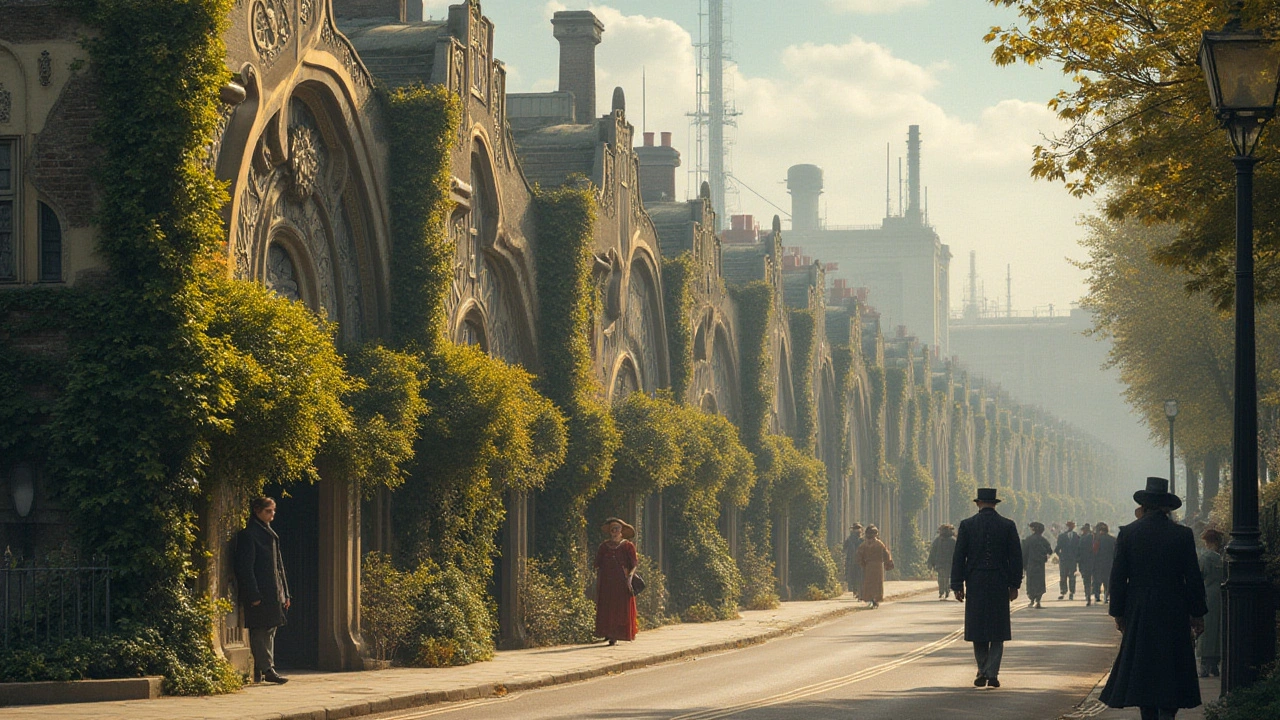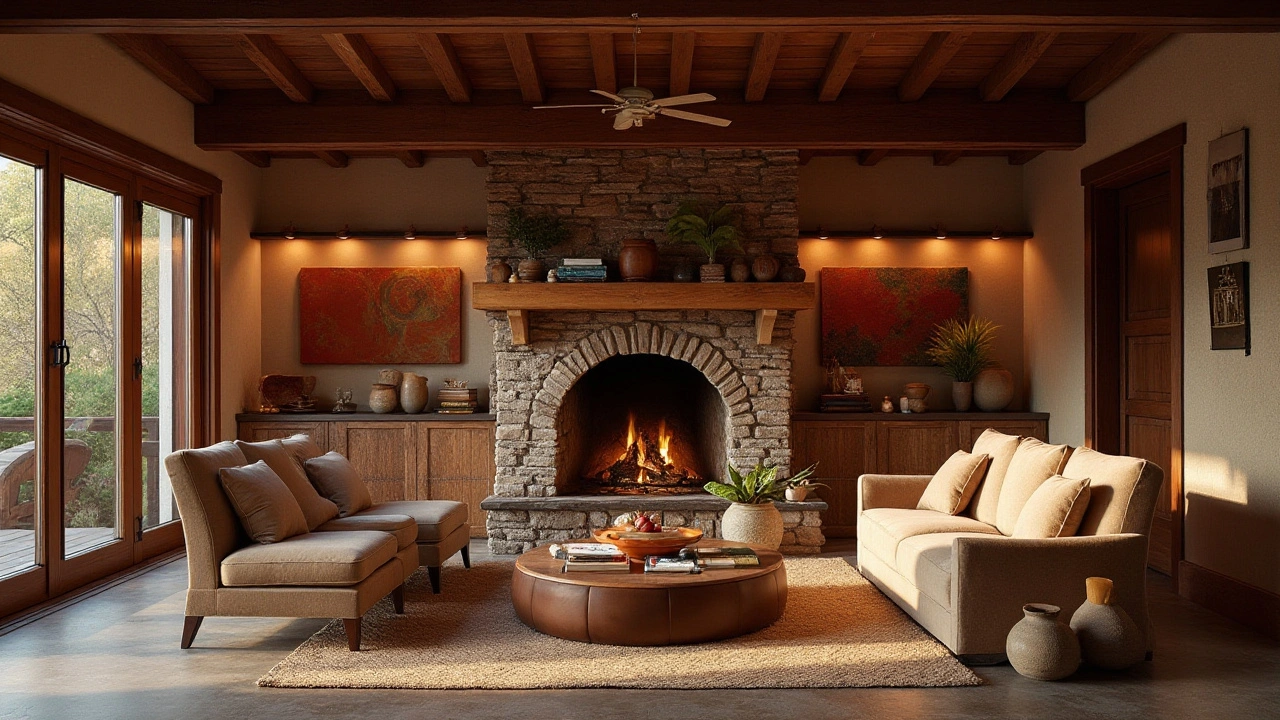Art Nouveau architecture goes beyond mere decorative embellishment, embodying a revolutionary movement that transformed both aesthetic principles and architectural practices in the late 19th and early 20th centuries. This captivating style emerged as a response to industrialization, emphasizing organic shapes and detailed ornamentation. Each building is a celebration of craftsmanship, with unique elements and materials that merge functionality with artistic flair. This article delves into the history, key features, notable structures, and enduring impact of Art Nouveau, offering a deeper understanding of this iconic design movement.
Design Trend: What Architects Are Repeating (and Why It Matters)
Design trends in architecture stick around longer than fashion. Some styles resurface for decades—Beaux-Arts grand gestures and Bauhaus minimalism both keep showing up in new projects. This page gathers posts that explain the big trends, how to spot them, and how to use their ideas in real buildings and homes.
Quick way to spot today's trends
If you want a fast checklist, look for three signs: materials, silhouette, and detail. High-tech trends favor exposed steel, glass curtain walls, and visible systems. Revival styles (Greek, Colonial, Renaissance) show symmetry, classical columns, and deliberate ornament. Neo-futurism and expressionist projects push unusual shapes and dynamic forms. Once you know those markers, city blocks read like a design timeline.
On this tag you'll find clear breakdowns: the history and features of Greek Revival and Colonial buildings, the drama of Baroque and Beaux-Arts, plus modern moves like High-Tech, Neo-Futurism, and Constructivist ideas. Each article gives concrete examples—think the way Beaux-Arts shaped boulevards, how Roman concrete changed engineering, or why mid-century modern furniture still fits today.
How to use trends in your project
Want to apply a trend without copying a museum piece? Start small. Borrow a single element: a Bauhaus clean window grid, a Mediterranean arched opening, or a Craftsman exposed rafter. Pair that element with modern performance: better insulation, efficient glazing, or sustainable materials. Mixing styles works when one strong idea leads the design and the rest supports it.
Preservation and reuse are also a big part of today’s trends. Restoring a Georgian façade while adding a discreet glass extension keeps character and adds function. Adaptive reuse often wins both community support and environmental points—less demolition, more story kept alive.
If you’re curious which styles are most influential now, skim posts on this page: Renaissance and Roman techniques for classic structure, Beaux-Arts for civic scale, Constructivist and Expressionist for bold public statements, and High-Tech or Neo-Futurism for skyline-defining towers. Each article gives practical tips for spotting features and applying ideas to homes, renovations, or public buildings.
Want quick inspiration? Check pieces on mid-century modern for furniture and layout tips, ranch-style plans for easy living and single-floor flow, and Mediterranean Revival for sunny, durable details. For city-scale thinking, read the pieces on Beaux-Arts and International Style to see how planners used order, boulevards, and proportions to shape whole neighborhoods.
Start exploring the linked articles below to dig into any style. Each post breaks down visuals, history, and practical takeaways so you can spot trends on the street and use them in your next project. If you’re designing or just curious, these posts turn style into usable ideas—not just pretty pictures.
The American Craftsman style, which emerged in the late 19th century, continues to influence modern home design with its emphasis on craftsmanship, simplicity, and natural materials. This architectural approach is cherished for its warm, inviting aesthetics that blend functionality with artistry. Many homeowners and designers value the style for its timeless appeal and versatility. Modern interpretations incorporate contemporary needs while retaining the essence of this beloved tradition.


